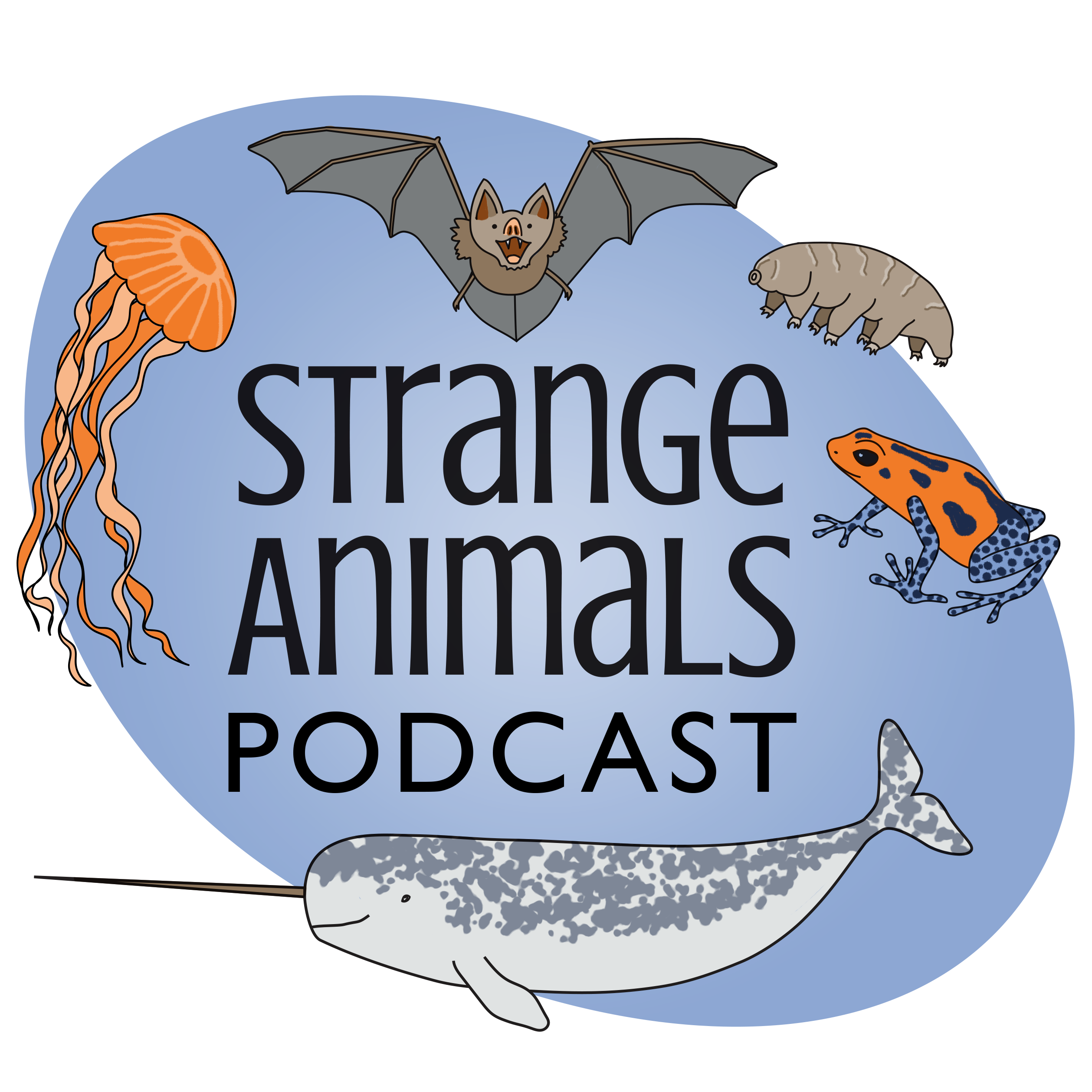Episode 399: Bears

Thanks to Anbo, Murilo, Clay, and Ezra for their suggestions this week! Let's learn about some bears!
\n
\nFurther reading:
\n
\nSnack attack: Bears munch on ants and help plants grow
\n
\nExtinct vegetarian cave bear diet mystery unravelled
\n
\nAncient brown bear genomes sheds light on Ice Age losses and survival
\n
\nThe sloth bear has shaggy ears and floppy lips [photo from this site]:
\n
\n
\n
\nAn absolute unit of a Kodiak bear in captivity [photo by S. Taheri - zoo, own work, CC BY-SA 3.0, https://commons.wikimedia.org/w/index.php?curid=1118252]:
\n
\n
\n
\nA polar bear:
\n
\n
\n
\nShow transcript:
\n
\nWelcome to Strange Animals Podcast. I\u2019m your host, Kate Shaw.
\n
\nThis week we\u2019re revisiting a popular topic, bears! We\u2019ll talk about some bears we\u2019ve never covered before, with suggestions from Anbo, Clay, Ezra, and Murilo. We\u2019ll even discuss a small bear mystery which has mostly been solved by science.
\n
\nTo start us off, Anbo wanted to learn about bears in general. We\u2019ve had bear episodes before, but our last episode all about bears was way back in 2017, in episode 42. Some of our listeners weren\u2019t even born back then, which makes me feel super old.
\n
\nBears live throughout much of the world today, but they evolved in North America around 38 million years ago. These ancestral bears were small, about the size of a raccoon, but they were successful. They spread into Asia via the land bridge Beringia, where they were even more successful than in North America, so successful that by around 30 million years ago, descendants of those earliest bear ancestors migrated from Asia back into North America. But it wasn\u2019t until the Pleistocene around 2 \xbd million years ago that bears really came into their own.
\n
\nThat\u2019s because bears are megafauna, and megafauna evolved mainly as an adaptation to increasingly cold climates. As the ice ages advanced, a lot of animals grew larger so they could stay warm more easily. Predators also had to grow larger as their prey became larger, since if you want to hunt an animal the size of a bison or woolly rhinoceros, you\u2019d better be pretty big and strong yourself.
\n
\nBears mostly weren\u2019t hunting animals that big, though. Modern studies suggest that overall, bears are omnivores, not fully carnivorous. Bears eat a lot of plant material even if you don\u2019t count the panda, which isn\u2019t very closely related to other bears. Even when a bear does eat other animals, they\u2019re not usually very big ones.
\n
\nLet\u2019s take Murilo\u2019s suggestion as an example, the sloth bear. The sloth bear lives in India and is increasingly vulnerable due to habitat loss and poaching. It\u2019s probably most closely related to the sun bear that we talked about in episode 234, which also lives in parts of South Asia. Both the sun bear and the sloth bear have long black hair and a white or yellowish V-shaped marking on the chest. The sloth bear\u2019s hair is especially long on its neck and shoulders, like a mane, and its ears even have long hair.
\n
\nThe sloth bear stands around 3 feet high at the shoulder at most, or 91 cm, and a big male can be over 6 feet tall, or almost 2 meters, when he stands on his hind legs. This isn\u2019t gigantic for bears in general, but it\u2019s not small either. Scientists think the V-shaped marking on its chest warns tigers to leave the sloth bear alone, and tigers mostly do. If tigers think twice about attacking an animal, you know that animal has to be pretty tough.
\n